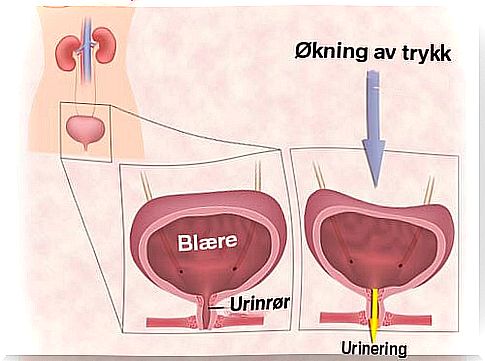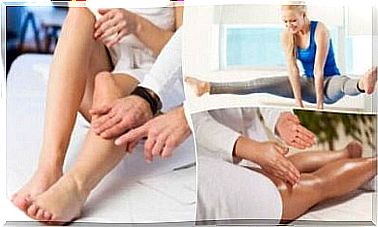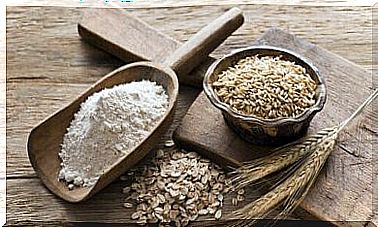Exercises For Urinary Incontinence In Women

Urinary incontinence in women, or involuntary loss of urine, is a health problem that affects 30% of adult women, and causes a lot of worry and discomfort. It is important to know that this problem in most cases depends on problems with the muscles in the pelvic area. We can train this area so it works properly, but it requires some work.
Urinary incontinence in women
Later in the article we will explain what exercises you can do every day to prevent urinary incontinence in women. But since there are also some other factors that contribute to the disorders of urinary incontinence, we will first discuss this:
- Whether one drinks fluids that are irritating to the bladder, such as caffeine or alcohol.
- Constipation: Constipation causes us to tighten the pelvic muscles, which leads to intestinal function becoming a priority.
- Obesity : Obesity contributes to the worsening of several health problems, among them incontinence.
- Aggressive activities: Exercising is both healthy and recommended, but preferably with exercises that are not too hard on our body. We should preferably go for a walk or take a swim, and avoid running and aerobics, and dancing that includes jumping and fast movements.
- Menopause: Hormonal changes can provoke loss of muscular flexibility.
- Diuretics: Diuretics irritate the bladder and may aggravate urine leakage.
- Drinking fluids throughout the day: Drinking enough fluids is important, but try to drink as much as possible in the morning and not throughout the evening.
- Pregnancy and vaginal birth: The weight of the fetus in the mother’s womb, and a vaginal birth weakens the muscles, however. It is possible to train this muscle again, but it must be done correctly to avoid injury.
- Stress: Stress is a major problem in our time. It aggravates the health problems we may have, because it prevents us from taking control of our own body. When we struggle with stress, it is important to be aware of what we are doing, also with regard to the muscles in the pelvis and abdomen. Try to relax.
The muscles in the pelvic area extend from the pubic bone to the sacrum, and are a support for the genitals, bladder and rectum. As with all other muscles, it will weaken, and it is therefore important to train it so that it stays flexible and healthy.
Exercises for urinary incontinence in women
The first step is to learn and control the muscle contractions in the abdomen by copying the movements made during bowel movements. You can do this movement to feel how the muscle works, without tensing other muscles in the body. Take a deep breath, but do not hold your breath, tighten your pelvis without tensing your stomach and / or buttocks, and feel forward. This is the basis for the exercises.
Note: One of the times you go to the bathroom to urinate, you can try to stop the urine by tightening the muscles, and then relax and continue the urination. You only do this once to know how the muscle works, but avoid doing this several times as it can be harmful.
How do you do it?
- Tighten the muscle until you can no longer tighten it. Then hold for 5 seconds before releasing.
- Repeat at least 10 times in a row. Do the exercise throughout the day, preferably 3 times a day.
- Once you have the technique in you can do it faster, and continue to tighten the muscle, and then relax.
- After a few days, you can increase the repetition to 20 contractions each time.
Where do you do the exercises?
Repeat the exercise continuously. It is the same where and when you do the exercise, but it can be good to associate it with everyday activities, such as when watching TV, showering, or waiting for something / someone. You can perform the exercise in all positions: standing, lying, sitting, or on your knees, for example.
If you do this exercise daily, you will see improvements within a month and a half.









